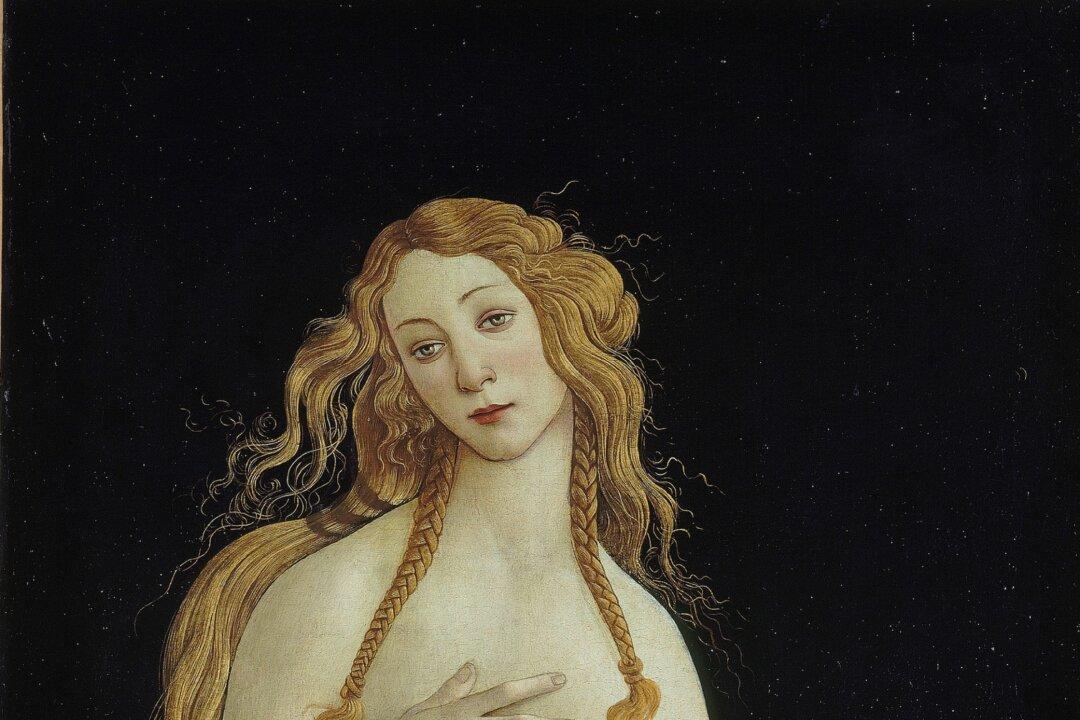The graceful figure of Venus poised in her shell, as depicted by Renaissance master Sandro Botticelli, is so synonymous with beauty that even those unfamiliar with art can recognize her, such is her fame. What is less well-known are his paintings of the Madonna that share similar qualities of classical beauty.
Throughout the Renaissance, artists referenced the ancient classics. Art historian E.H. Gombrich writes in his book “The Story of Art” that people were “so convinced of the superior wisdom of the ancients that they believed these classical legends must contain some profound and mysterious truth.”






